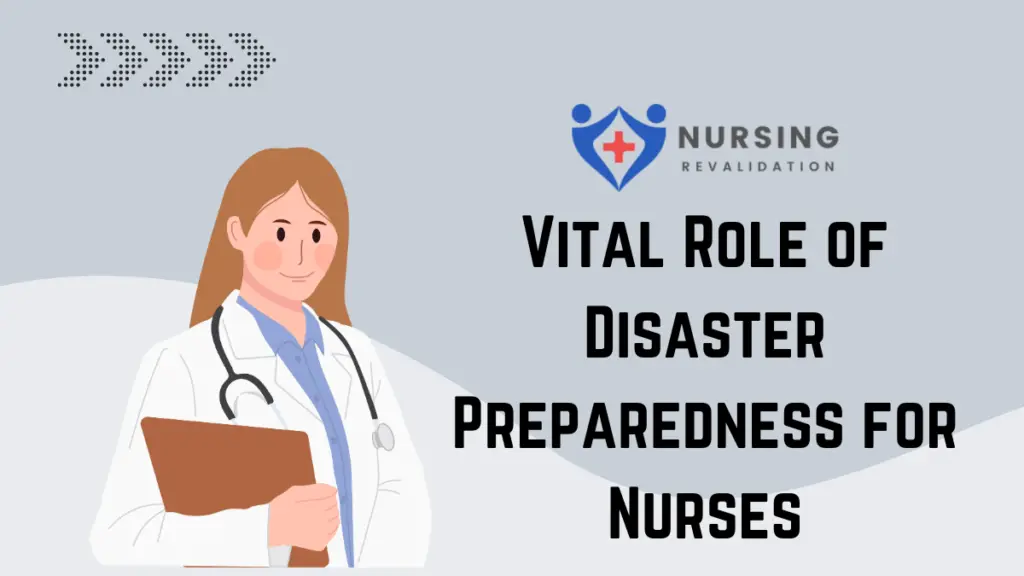In the fast-paced world of healthcare, nurses serve as frontline responders during emergencies and disasters. Their role is pivotal not only in providing immediate care but also in ensuring the overall resilience of healthcare systems. In this comprehensive guide, we delve into the importance of disaster preparedness for nurses, examining its significance, challenges, and strategies for effective implementation.
Understanding Disaster Preparedness
Disasters come in various forms, from natural calamities such as earthquakes and hurricanes to human-made crises like pandemics and terrorist attacks. Regardless of the cause, the impact on healthcare systems can be profound, disrupting services, overwhelming resources, and endangering lives.
Table: Key Components of Disaster Preparedness for Nurses
| Component | Description |
|---|---|
| Risk Assessment | Identifying potential hazards and vulnerabilities to develop proactive response plans. |
| Communication Strategies | Establishing reliable channels for intra-team, inter-agency, and community communication. |
| Resource Management | Efficient allocation and utilization of medical supplies, equipment, and personnel. |
| Psychosocial Support | Providing emotional support and debriefing sessions for healthcare workers. |
The Role of Nurses in Disaster Response
Nurses are at the forefront of disaster response, playing multifaceted roles that encompass patient care, triage, coordination, and emotional support. Their ability to adapt quickly to changing circumstances and collaborate with multidisciplinary teams is crucial for effective disaster management.
Challenges Faced by Nurses in Disaster Situations
Despite their vital role, nurses encounter various challenges during disasters, including limited resources, communication breakdowns, emotional stress, and ethical dilemmas. Addressing these challenges requires comprehensive training, robust protocols, and strong leadership.
Importance of Disaster Preparedness Training
Effective disaster preparedness training equips nurses with the knowledge, skills, and confidence needed to respond swiftly and efficiently during crises. Training programs should cover a wide range of scenarios, including mass casualty incidents, infectious disease outbreaks, and infrastructure failures.
Key Components of Disaster Preparedness for Nurses
- Risk Assessment and Planning: Conducting thorough risk assessments and developing comprehensive disaster plans tailored to the unique needs of healthcare facilities are essential for proactive preparedness.
- Communication Strategies: Establishing reliable communication channels within healthcare teams, as well as with external stakeholders and community partners, facilitates coordinated response efforts.
- Resource Management: Efficient allocation and utilization of resources, including medical supplies, equipment, and personnel, are critical for sustaining operations during disasters.
- Psychosocial Support: Providing emotional support and debriefing sessions for nurses and other healthcare workers helps mitigate stress and burnout associated with disaster response.
The Role of Technology in Disaster Preparedness
Advancements in technology, such as telemedicine, electronic health records, and simulation training, offer valuable tools for enhancing disaster preparedness and response capabilities among nurses.
Conclusion
In conclusion, the importance of disaster preparedness for nurses cannot be overstated. By investing in comprehensive training, robust protocols, and effective communication strategies, healthcare facilities can enhance their resilience and ensure the safety of patients, staff, and communities during times of crisis. As frontline responders, nurses play a critical role in mitigating the impact of disasters and safeguarding the integrity of healthcare systems.

